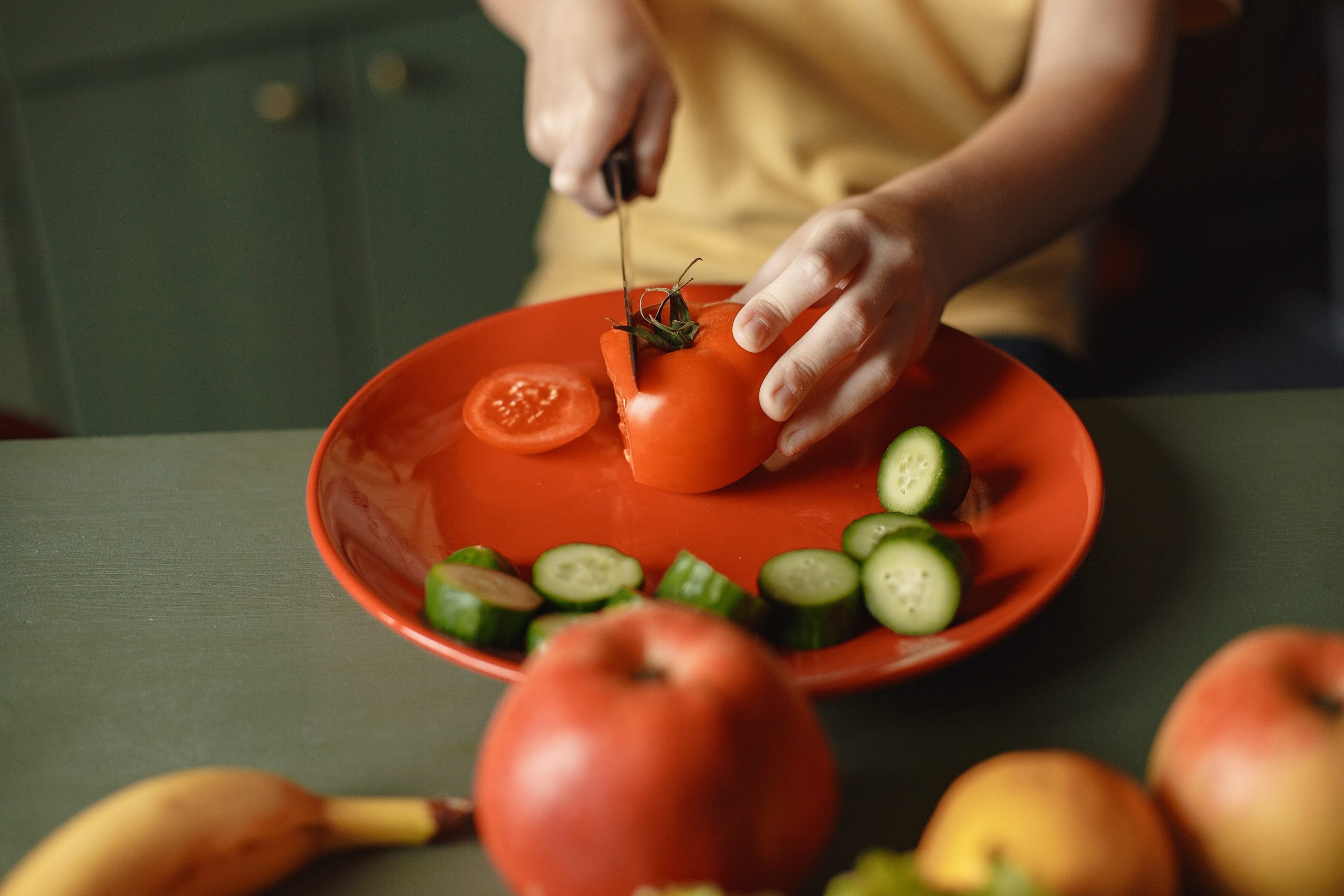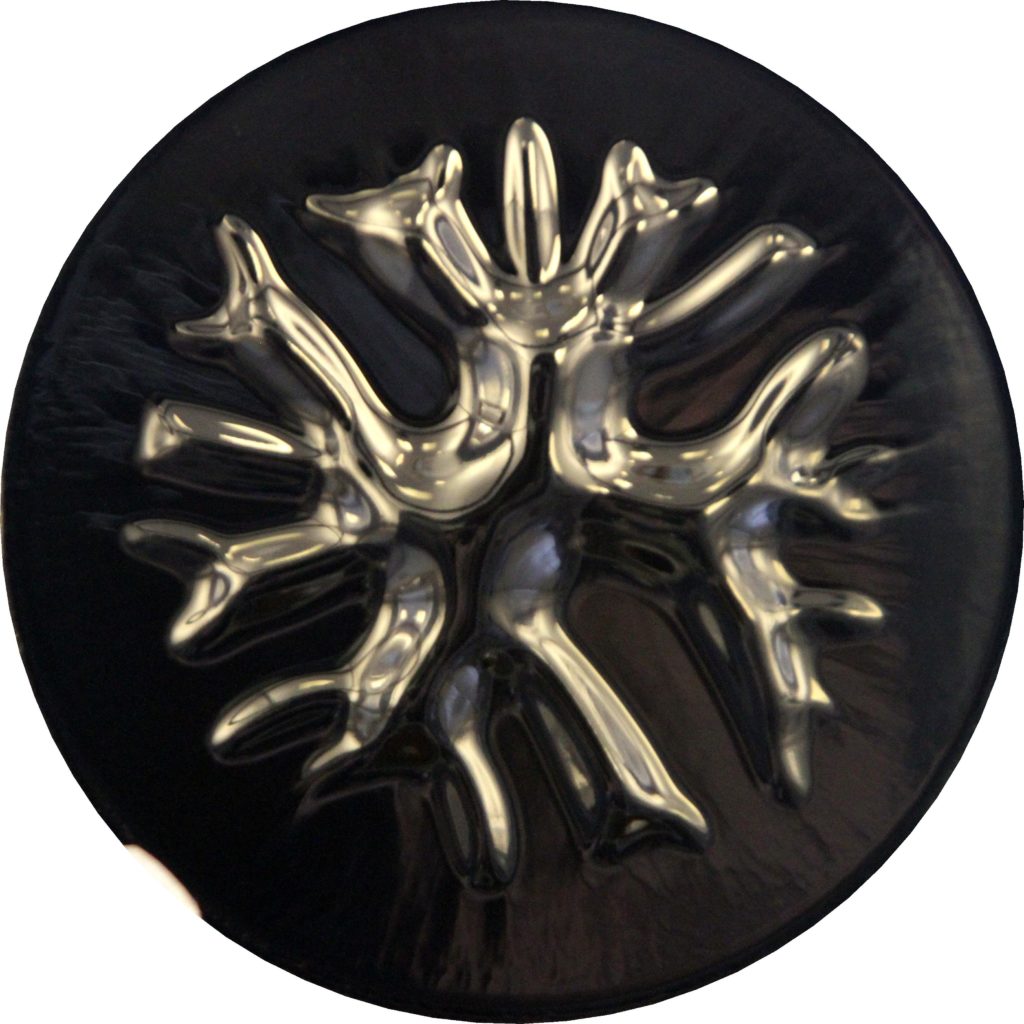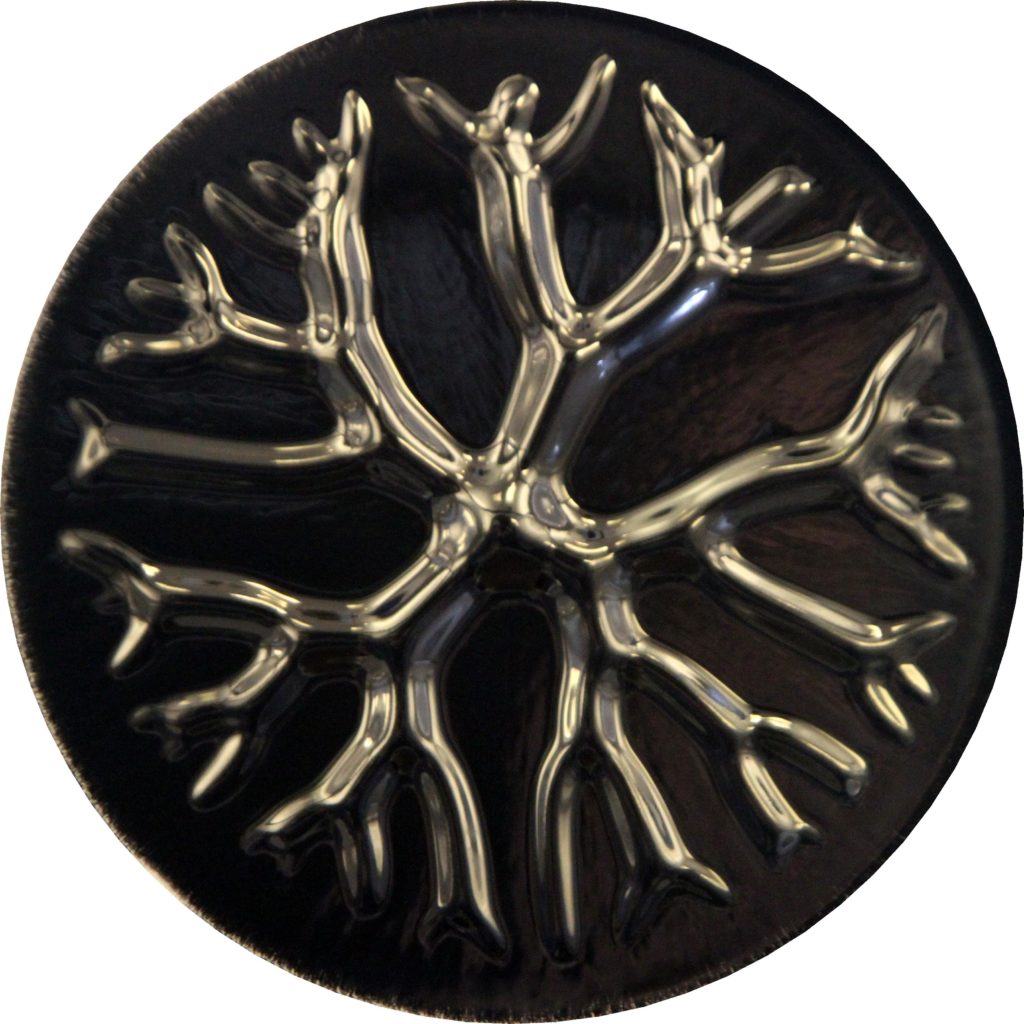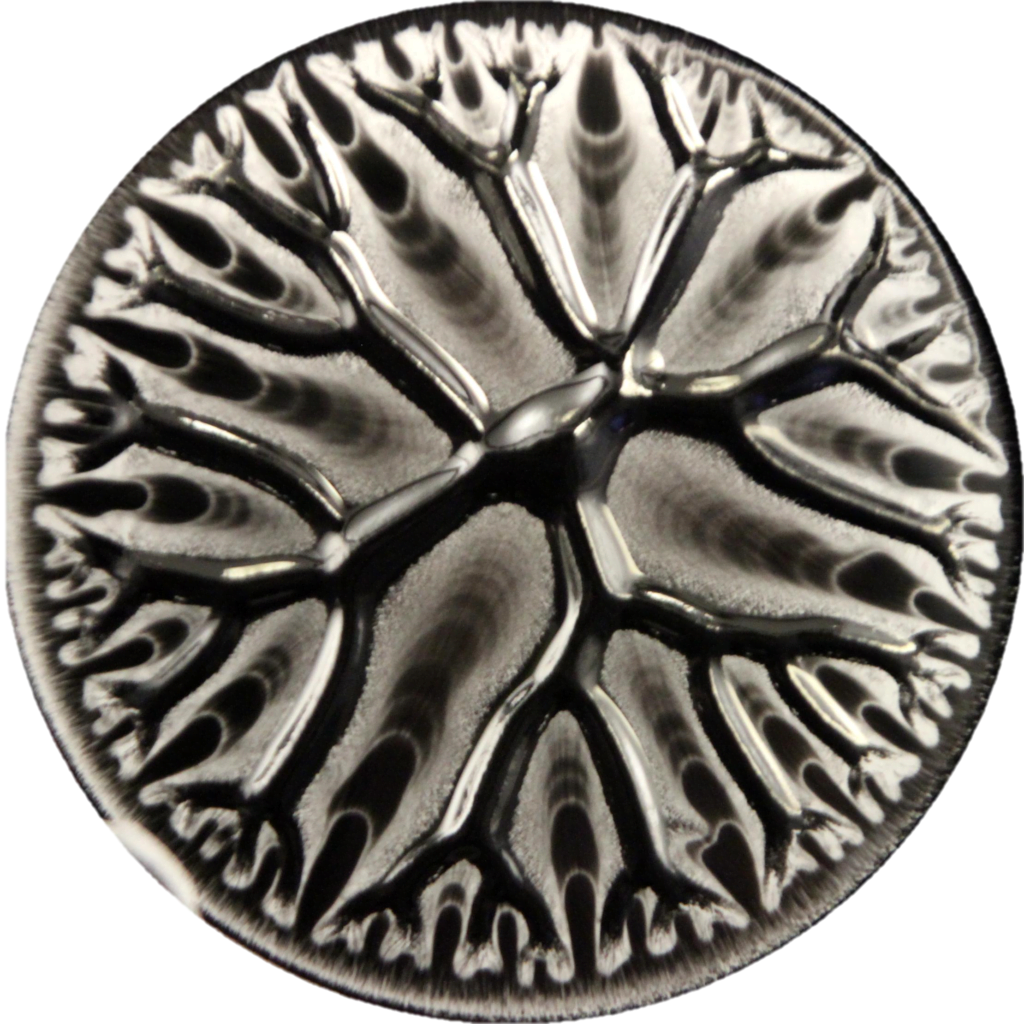Picture it: a nice, ripe tomato. Your not-so-recently sharpened kitchen knife. You press the blade down into the soft flesh and… it explodes. Soft solids – like a tomato – don’t react well to cutting, but they slice just fine. Examining why that’s the case is at the heart of this model.
Tomatoes are essentially a gel encased in a thin skin. Gels are a kind of hybrid material — not quite liquid and not quite solid. They consist of a network of particles or polymers bonded together and immersed in a liquid. To cut that network apart, the downward force of the blade has to strain the gel past its limits, which squeezes out the surrounding liquid.
The researchers found that this liquid layer is key to how force from the knife’s motion gets transmitted. In particular, they found that the horizontal motion of a slice is necessary to initiate a cut, and that the gel parts most easily when the downward knife velocity is no more than 24% of the horizontal cutting speed. Press down any faster and the strain propagation fluctuates, creating that unfortunate tomato explosion. (Image credit: G. Fring; research credit: S. Mora and Y. Pomeau; via Ars Technica; submitted by Kam-Yung Soh)











